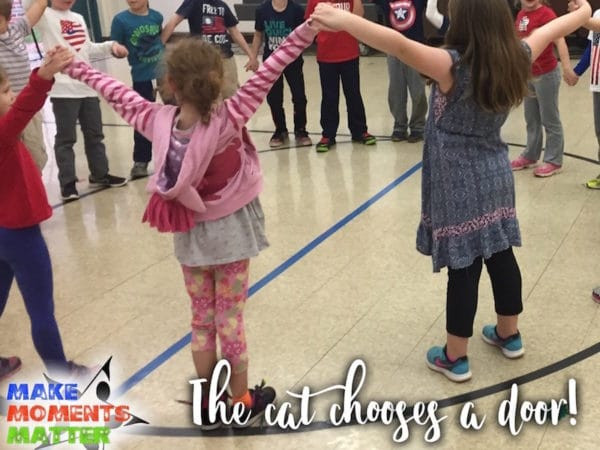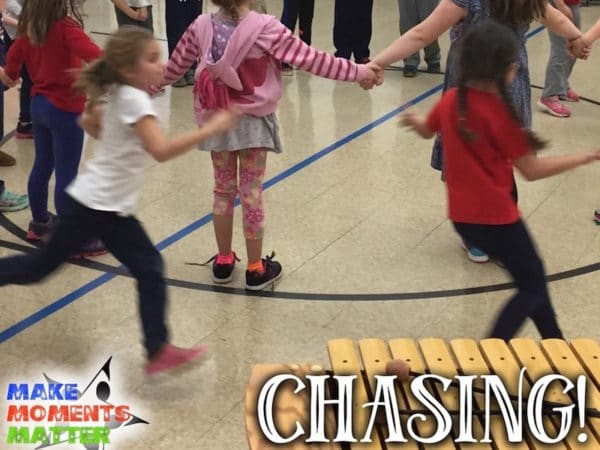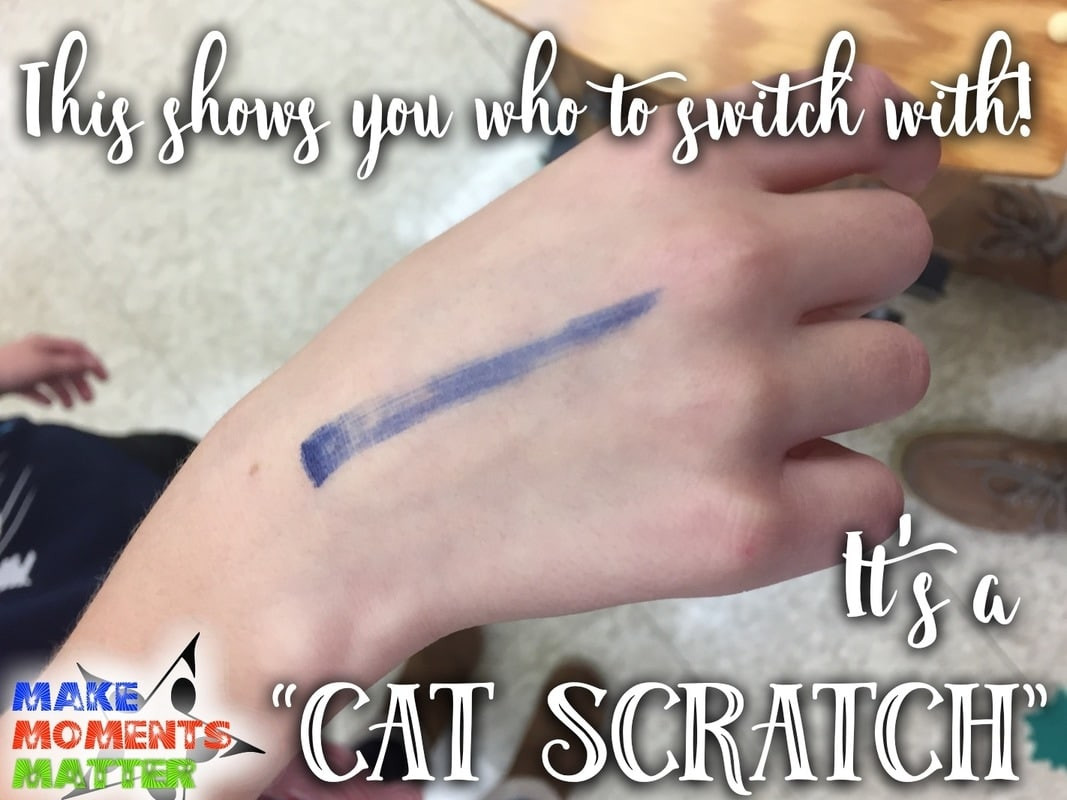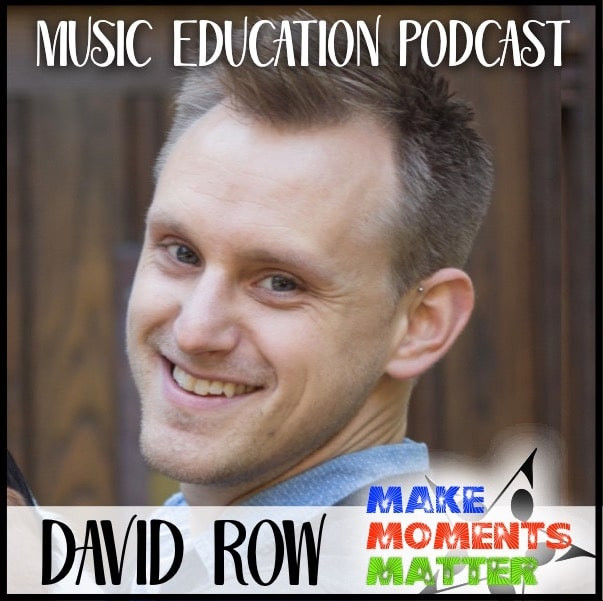One of the most rewarding aspects of teaching music, especially using the Orff Schulwerk approach, is how you can develop a simple musical idea into a multifaceted and captivating experience. It begins with a basic song, and from there, you can layer in movement, introduce rhythmic patterns, incorporate games, transition to instrumental playing, and much more. The possibilities truly become limitless when you start exploring the various creative avenues a single song can offer.
The “Naughty Kitty Cat” song is a perfect illustration of this principle. Its catchy melody, coupled with an incredibly enjoyable game, makes it an accessible entry point for incorporating barred percussion instruments into your music lessons. I recently used this lesson with my youngest students and was thrilled with the results. I wanted to share my step-by-step process with you, hoping it inspires your own classroom activities. If you have different ways you utilize this song, I would love to hear your ideas in the comments! Sharing our classroom experiences enriches our teaching practices.
Mastering the Melody: Teaching “Naughty Kitty Cat”
My approach to introducing this song always begins with my trusty cat puppet. This hilarious, fluffy cat puppet from Folkmanis puppets is a classroom favorite! I gather the children around, usually towards the end of a lesson, and initiate a playful conversation with the puppet. We chat about a time when “she” (the cat puppet) supposedly snuck into my lunch bag. Of course, she vehemently denies it, but the story unfolds that I found her red-handed, or rather, paw-in-bag, with butter smudged all over her whiskers! This humorous anecdote naturally leads into the “Naughty Kitty Cat” song, which I then perform for the students using the puppet.
Here is the musical notation for the song.
After singing the song through, the puppet dramatically protests, claiming the story is entirely fabricated and she was “FRAMED! It wasn’t me!” despite the incriminating butter evidence. Then, we sing the song again, but this time, on every quarter rest in the music, the puppet interjects with a loud “meow!” Once finished, I ask the children if they can join in and add their “meows” along with the puppet. They are always enthusiastic to meow along with “Fluffy” (the puppet’s name) as I sing the song. Often, this activity fills the remaining class time, and the students get ready to leave, already excited for the next music class.
In the subsequent lesson, “Fluffy” the cat puppet makes a return, and we delve deeper into learning the complete song. We learn it phrase by phrase, ensuring everyone grasps the melody. Building on the previous lesson where I sang and students added “meows,” I now reverse roles. Once the children have learned the song, they sing the main parts, and I, along with Fluffy, insert the “meows” at the designated rests. Finally, we combine everything, with the children singing the phrases of the song and simultaneously adding in their “meows,” effectively performing both parts at once.
Game On! “Chasing the Kitty” Circle Game
The next step in this engaging music lesson is to transition into a circle game, which brings the “Naughty Kitty Cat” song to life through movement and interaction. We arrange the children in a circle and sing the song again. I begin by sitting in the center of the circle with Fluffy the cat puppet, adding in the “meows” as we sing. Then, I place the puppet on the floor in the center and move to the outside of the circle. I explain the premise of the game: I become the “angry owner,” and Fluffy is the “naughty cat” I’m trying to catch. As the children sing the song, I walk around the outside of the circle. I playfully lament that I can’t reach Fluffy because the children, holding hands, are forming a “fence” around the cat, blocking my path. To get through, I would need someone to lift their arms, creating a “gate” or doorway in the fence.
This sets the stage for the real fun. I choose one child to be the “cat” and another to be the “owner.” The “cat” stands in the middle of the circle, and the “owner” walks around the outside. The remaining children hold hands, forming the “fence” between the cat and owner. As the game begins, the children sing the “Naughty Kitty Cat” song. The child in the middle, playing the “cat,” gets to sing the “meows” as a solo, a fun little feature that gives them a moment to shine individually without feeling overly exposed. Saying “meow” is far less intimidating than singing a full solo or demonstrating a complex musical concept, making it an excellent confidence-building starter activity for young musicians.
During the song, the “fence” of children works to keep the “owner” away from the “cat.” However, at the very end of the song, on the final “meow,” the children raise their arms, creating gateways for the “cat” to escape. The child playing the “cat” then quickly runs out of the circle under one pair of raised arms. Immediately as the “cat” escapes, all the children lower their arms, closing off all gateways except the one the cat exited. Now, with only one opening in the circle, the “cat” runs around the outside, and the “owner” chases, attempting to tag them before they can return to the same open archway they initially exited. The children are always incredibly enthusiastic and engaged with this chase!
 Naughty Kitty Cat – Circle game in action, children holding hands forming a circle, with a teacher supervising and guiding the game.
Naughty Kitty Cat – Circle game in action, children holding hands forming a circle, with a teacher supervising and guiding the game.
 Children participating in the Naughty Kitty Cat circle game, running and chasing each other with excitement and laughter in a music classroom setting.
Children participating in the Naughty Kitty Cat circle game, running and chasing each other with excitement and laughter in a music classroom setting.
Duck, Duck, Goose Variation
For a slightly simpler version of the circle game, particularly for younger children or to introduce the concept, you can adapt it into a “duck, duck, goose” style game. In this variation, the child who is the “cat” walks around the outside of the circle as the other children sing the song. At the end of the song, the “cat” taps another child on the shoulder. The tapped child then becomes the “naughty cat” and runs around the circle in the opposite direction, while the original “cat” chases them, trying to tag them before they reach the empty spot in the circle.
Typically, I dedicate one class period to just playing the circle game, allowing the children to fully grasp the rules and enjoy the activity without introducing new elements. I often accompany the singing and chasing on a xylophone, providing a musical backdrop to the game. To ensure everyone gets a turn in different roles, I usually have the “cat” choose the next “cat,” and the “owner” choose the next “owner” after each round.
Instrumental Exploration: Adding Layers to the Song
Once the children are comfortable with the song and the circle game, it’s a natural progression to introduce instruments, adding another layer of musical complexity and engagement to the “Naughty Kitty Cat” lesson. I often begin by incorporating a bass xylophone (BX) accompaniment to the song. While the children sing and play the game, I stand at the bass xylophone and play a simple chord bordun, repeating C and G notes in rhythm. This provides a foundational harmonic element to the song.
To heighten the excitement during the chase at the end of the game, after the final “meow,” I either increase the tempo of the chord bordun or switch to a “broken bordun” pattern, alternating between C and G rapidly. This faster, more rhythmic accompaniment effectively underscores the energy of the chase, making it even more thrilling for the children.
 Close-up of glockenspiels set up in C Pentatonic scale, ready for children to play during the music lesson, demonstrating instrument integration with the cat song.
Close-up of glockenspiels set up in C Pentatonic scale, ready for children to play during the music lesson, demonstrating instrument integration with the cat song.
Initially, when introducing instruments with the “chasing game,” I keep it simple by just playing the xylophone myself while the children focus on the game and singing. This prevents overwhelming them with too many new things at once. Usually, this initial introduction to the instrumental aspect is sufficient for one lesson. In a subsequent lesson, I bring out instruments for the children to play themselves.
I typically use glockenspiels, setting them up in a C pentatonic scale (by removing the F and B bars). I gather the children around the glockenspiels for a demonstration. As we sing the “Naughty Kitty Cat” song together, I play two bars on the glockenspiel every time the word “meow” occurs in the song. I then explain to the children that they too can play the glockenspiels on the “meows,” choosing any two bars they like since the instruments are in C pentatonic, ensuring that any notes they play will harmonize beautifully with the song. This element of instrumental improvisation is what Orff educators often refer to as “color,” adding unique sonic textures to the music.
To seamlessly integrate the instruments into the game, we return to the circle game setup. Since they are already familiar with the game roles, the children quickly understand that within the circle, some will form the “fence,” one will be the “cat,” and another the “owner/chaser.” After we sing the song through once, I have the previous “cat” choose a new “cat” and the previous “owner” choose a new “owner.” The children who just played the “cat” and “owner” then transition to the glockenspiels. They sit at the instruments and play on the “meows” during the next round of the game, while the newly chosen “cat” and “owner” participate in the chase at the song’s end.
Smooth Transitions with “Cat Scratches”
 Teacher applying a cat scratch mark on a child's hand with a marker, indicating their turn to play instruments and facilitating rotation during the music lesson.
Teacher applying a cat scratch mark on a child's hand with a marker, indicating their turn to play instruments and facilitating rotation during the music lesson.
Using two glockenspiels would mean the “cat” and “owner” from each round choose two replacements to move to instruments. However, to maximize instrument playing time and experience for more students, I often use four glockenspiels. This raises the question of efficient rotation – how to ensure a smooth transition to instruments and prevent some children from playing repeatedly while others miss out.
To address this, I introduced a “cat scratch” system. After a child has had their turn as the “cat” or “owner” in the circle game, they come to me to receive a “cat scratch” – a small mark on their hand made with a marker. I keep two different colored markers (e.g., blue and red) and alternate colors for each round. When I give a “scratch” with a red marker, I announce, “Now, go to the instruments and replace someone with a red cat scratch.” Similarly, for a blue scratch, “go replace someone with a blue cat scratch.” By consistently alternating marker colors after each song repetition, a child playing instruments gets to play for approximately two rounds of the song before needing to return to the circle, ensuring more playing time and a fairer rotation system.
Beyond the Basics: Expanding the Lesson
The “Naughty Kitty Cat” song serves as a fantastic springboard for numerous other musical explorations and lesson extensions. You can dedicate time to analyzing the sol-la interval within the melody, using the song as an engaging introduction to the “la” note in the solfège system. For older students, you can challenge them to play the chord bordun accompaniment on the bass xylophone, deepening their understanding of harmony and instrumental technique. Notation activities can also be incorporated, where students write out the melody using traditional notation or create visual representations using popsicle sticks or other manipulatives. Furthermore, you can connect the song to literature by exploring various children’s books that feature cats. I discovered the “Bad Kitty” book series by Nick Bruel and found it to be a delightful literary connection to the song, reading excerpts to the children after our singing and game activities.
Building on the instrumental aspect, you can use the glockenspiel playing as a stepping stone to explore instrument technique more broadly. The skills learned on glockenspiels can be transferred to other barred instruments like xylophones and metallophones. There are many excellent mallet exploration games, especially for younger children (like the “conductor game” from Artie Almeida’s “Mallet Madness” books), that can further develop their instrumental skills and musicality.
However, it’s crucial to remember not to cram all these ideas into a single lesson. Children can become overwhelmed or lose interest if too much is introduced at once. It’s more effective to present these activities in stages across multiple lessons. Allow them to master the song before introducing the game, and become comfortable with the game before adding instruments. The beauty of this lesson is its adaptability – you can revisit the song and game anytime as a refresher or to build upon previously learned concepts. With so many avenues for exploration, there’s no need to rush. Enjoy the journey of musical discovery with your students, guided by the playful “Naughty Kitty Cat” song.
 Podcast logo for "Make Moments Matter – Music Education Podcast", featuring a stylized sound wave and microphone icon, promoting the author's podcast for music educators.
Podcast logo for "Make Moments Matter – Music Education Podcast", featuring a stylized sound wave and microphone icon, promoting the author's podcast for music educators.
Looking for fresh inspiration to invigorate your music lessons? Do you have a commute where you could use some company and lesson idea brainstorming? Check out my podcast! My goal is to feature a new song or game in each episode, sharing my teaching approach, activity ideas, resource recommendations, and more! It’s available on the iTunes store and various podcasting apps. Just search for “Make Moments Matter: A Music Education Podcast” or my name, “David Row.”
